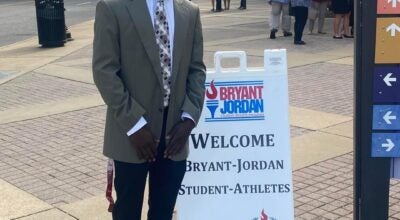Quail habitat restoration effort recognized
Published 12:00 pm Monday, April 27, 2009
As far as tasks at hand, Stan Stewart has a steep hill to climb. The wildlife biologist with the Alabama Department of Conservation and Natural Resources’ Wildlife and Freshwater Fisheries Division is in charge of the bobwhite quail habitat and restoration projects with the goal of stemming the precipitous slide in the native quail population.
Despite the difficult chore, Stewart’s work in the field has resulted in prestigious recognition from his peers with the 2009 Southeast Quail Study Group Annual Award.
The SEQSG steering committee presents an award to someone who has been nominated by a fellow member for outstanding contributions to bobwhite restoration.
“I was really surprised for them to give me that recognition,” Stewart said. “There is a lot of outstanding work in that organization, and for them to give me that award is flattering.”
The quail study group was formed in1995 with the core Southeastern states, primarily with the state agency people and university people doing research. It’s grown to the point that it’s being attended by agencies in states that have quail populations outside the Southeast, as well as federal agencies (U.S. Department of Agriculture and Natural Resources Conservation Service) that do habitat work with landowners. Stewart also said the group has attracted more and more university people who are working on all types of grassland bird restoration, not just quail.
In 2002, a technical committee of the Southeast Quail Study Group created a restoration plan for bobwhites termed the Northern Bobwhite Conservation Initiative.
“That got a lot of national recognition and had a lot of influence on federal programs, like the Conservation Reserve Program and various quail-friendly practices being introduced into those programs,” Stewart said. “It’s been expanded to include representatives from all the states where bobwhites are found.”
Though there were significant numbers of bobwhites in the Southeast through the early ‘70s, Stewart said the peak quail populations in Alabama would have been around 1900.
“That was the peak of the patch farming era,” he said. “Quail numbers held up pretty well across the state until the 1940s. That’s when society industrialized and farming industrialized. Since then quail numbers have been going down every decade. Most of the southeastern states had huntable populations until the mid 80s, but the numbers were really going down.
“For most of the people who are hunting a typical landscape for wild quail they feel like they’ve accomplished something if they find even one covey.”






